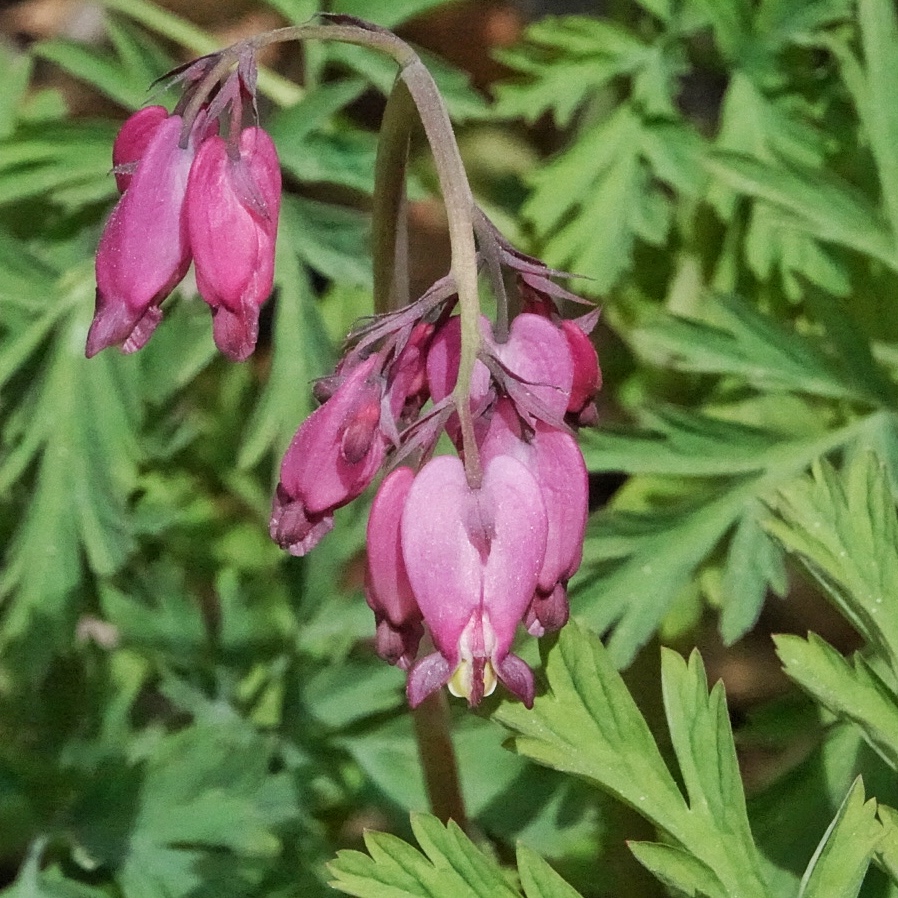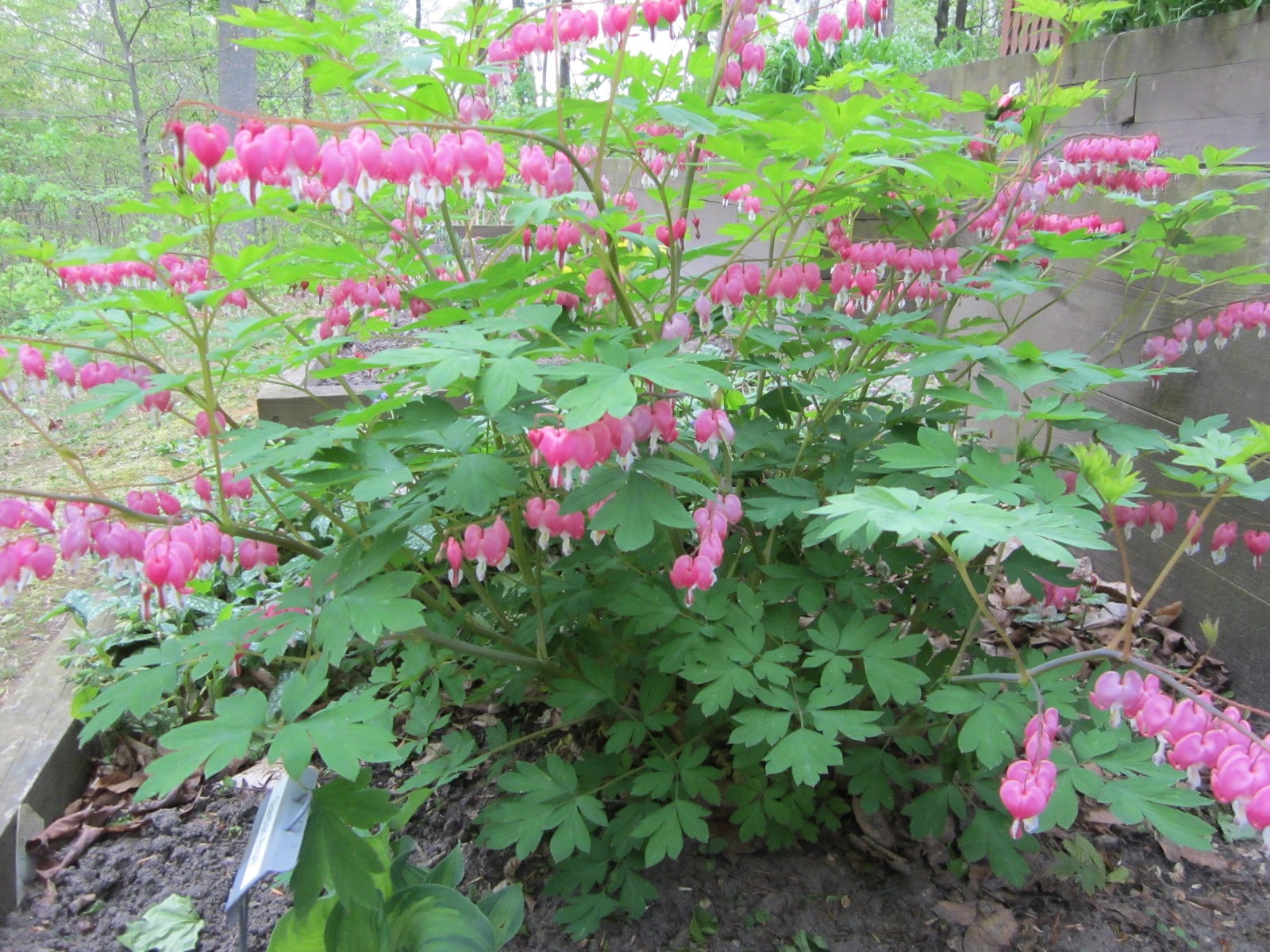

He considered the species useful in rock gardens, mixed flower borders or for naturalizing by woodland walks. At the turn of the 20th century, British garden writer William Robinson noted that the Dicentra eximia "combines a fern-like grace with the flowering qualities of a good hardy perennial". It was being cultivated by Annapolis, Maryland artisan William Faris in 1793 and recommended for the flower garden in 1859 by Boston seedsman and garden writer Joseph Breck, author of The Flower Garden or Breck's Book of Flowers, 1851.

This attractive wildflower is native to the mountainous regions of Eastern North America from New York to Georgia.

Habit: Grows 10 to 16 inches high and wideĬulture: Prefers part shade and moist, organically rich, well-drained garden loam, but is adaptable to various conditions Harden off the plant in a protected spot for a few days before moving it to its permanent spot outdoors.Hardy, herbaceous North American perennialĭescription: Clusters of deep rose-pink blossoms form on long stems in spring and sporadically through summer and fall fine textured, fern-like pale green foliage remains until frost bleeding heart Focus is strictly on center two blossoms. If the plant is in the ground, you will need a shovel or trowel. Other common names include 'lyre flower' and 'lady-in-a-bath'. Bleeding Heart is a common garden ornamental. Propagating Bleeding Heart First, gather your supplies. Move the bleeding heart plant outdoors once it's rooted well and new growth is more abundant. Lamprocapnos spectabilis (Bleeding heart or Asian bleeding-heart) is a species of flowering plant in the poppy family.Leaves are basal and divided into segments. Once you notice new growth, the plant has successfully rooted. Bleeding-heart, Pacific Dicentra formosa Bleeding-heart has distinctive heart-shaped pink to rose-purple wildflowers on arched stems.Make sure the soil remains moist but not soggy. A bright windowsill will be too sunny and scorch the plant. If condensation appears on the inside of the bag, poke a hole in the plastic for some ventilation. Put a clear plastic bag around the cutting, not touching the plant. Water the soil to the point that it's moist but not soggy.

Dip the cut end of the cutting into rooting hormone, and put it into the hole. Fill the container with the potting mix, and poke a hole in the center of the soil.


 0 kommentar(er)
0 kommentar(er)
